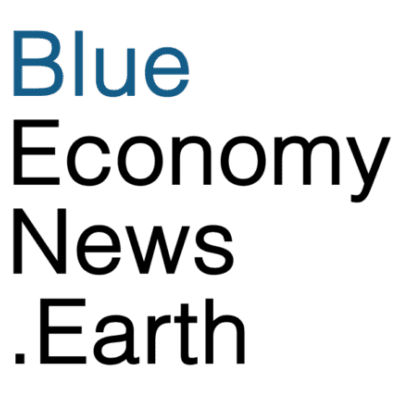Growing aquatic animals surpassed capturing them in the wild for the first time in history according to a report from the Food and Agriculture Organization of the United Nations (FAO).
According to the 2024 edition of The State of World Fisheries and Aquaculture (SOFIA), the amount of aquatic animals produced through aquaculture was roughly double that captured in global fisheries. Of the 220 million tons of aquaculture produced in 2022 about 80%, or 176 million tons came from aquatic animals–fish, shellfish, etc. Global fisheries, by comparison, captured about 92 million tons.
Only 10% of the fish that was caught were captured by inland fisheries, which represent local and indigenous communities. The rest were caught by global fisheries.
More than 60% of the marine stocks monitored by FAO were sustainably sourced.
Fisheries and aquaculture production brought in USD$472 billion in first sale value, about 67% of which was aquaculture production.
FAO Director-General QU Dongyu said, “FAO welcomes the significant achievements thus far, but further transformative and adaptive actions are needed to strengthen the efficiency, inclusiveness, resilience and sustainability of aquatic food systems and consolidate their role in addressing food insecurity, poverty alleviation and sustainable governance.”
A small number of countries dominate aquaculture. Ten of them – China, Indonesia, India, Viet Nam, Bangladesh, the Philippines, Republic of Korea, Norway, Egypt, and Chile – produced about 90% of the total. The United States, China, Japan, Spain, France are the main importers. According to the report, the value of international trade of aquatic products is $195 billion.
Other countries, that could benefit from participating in this market aren’t using their full potential, the report said. That includes many low-income countries in Africa and Asia. The FAO said targeted policies, technology transfer, capacity building and responsible investment are crucial to boost sustainable aquaculture where it is most needed, especially in Africa.
Of total aquatic animal production, 89% was used for direct human consumption, underscoring the critical role of fisheries and aquaculture in maintaining global food security. The rest was destined for indirect or non-food uses, mainly fishmeal and fish oil production.

